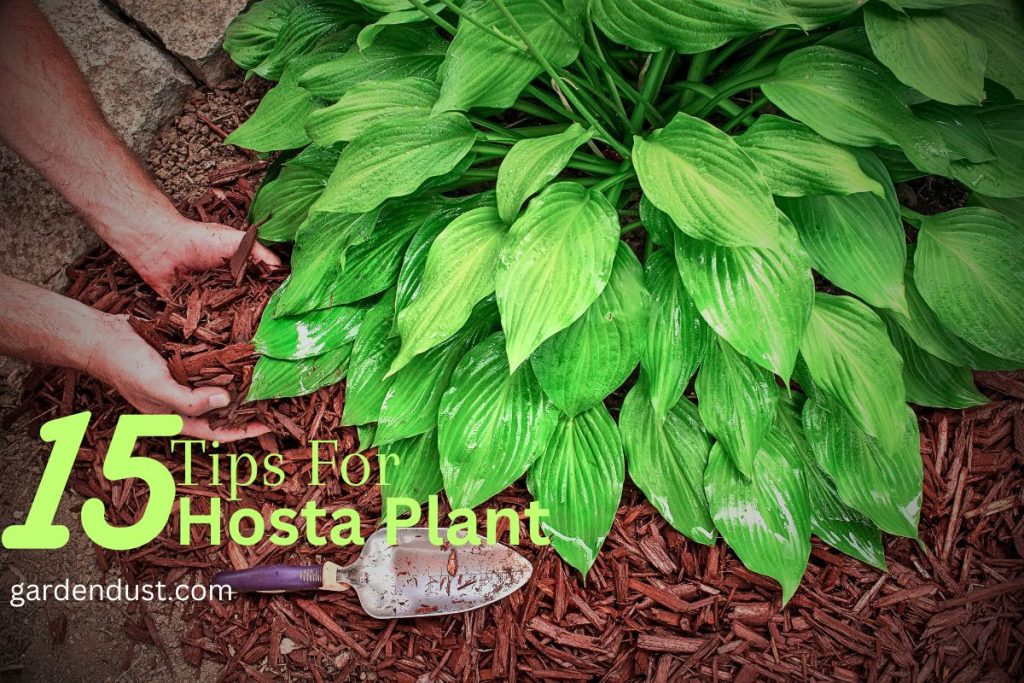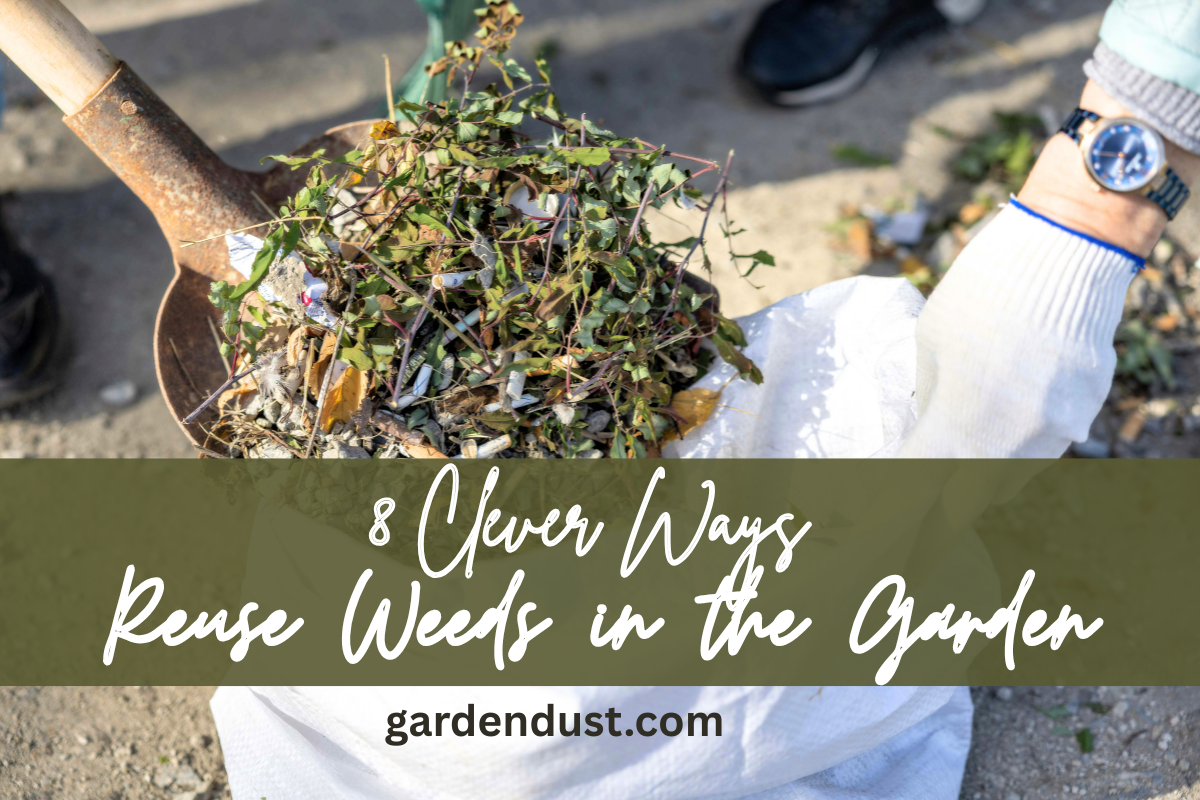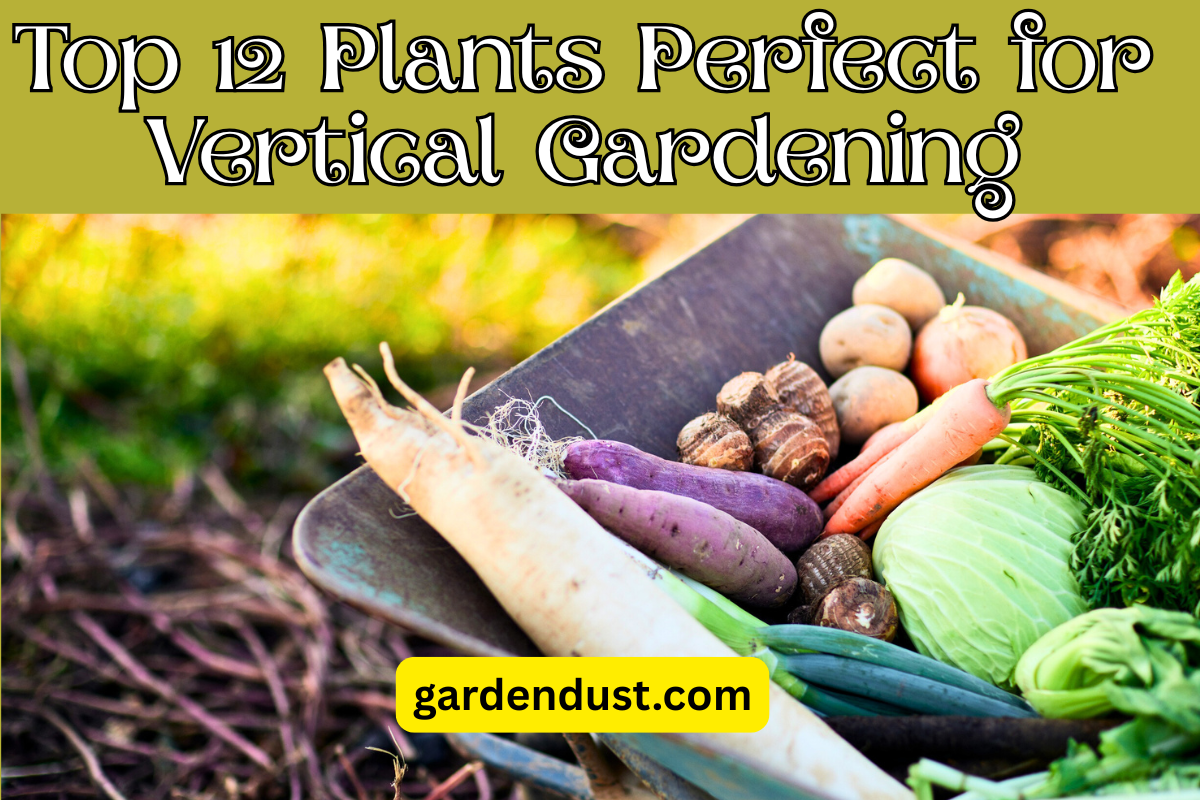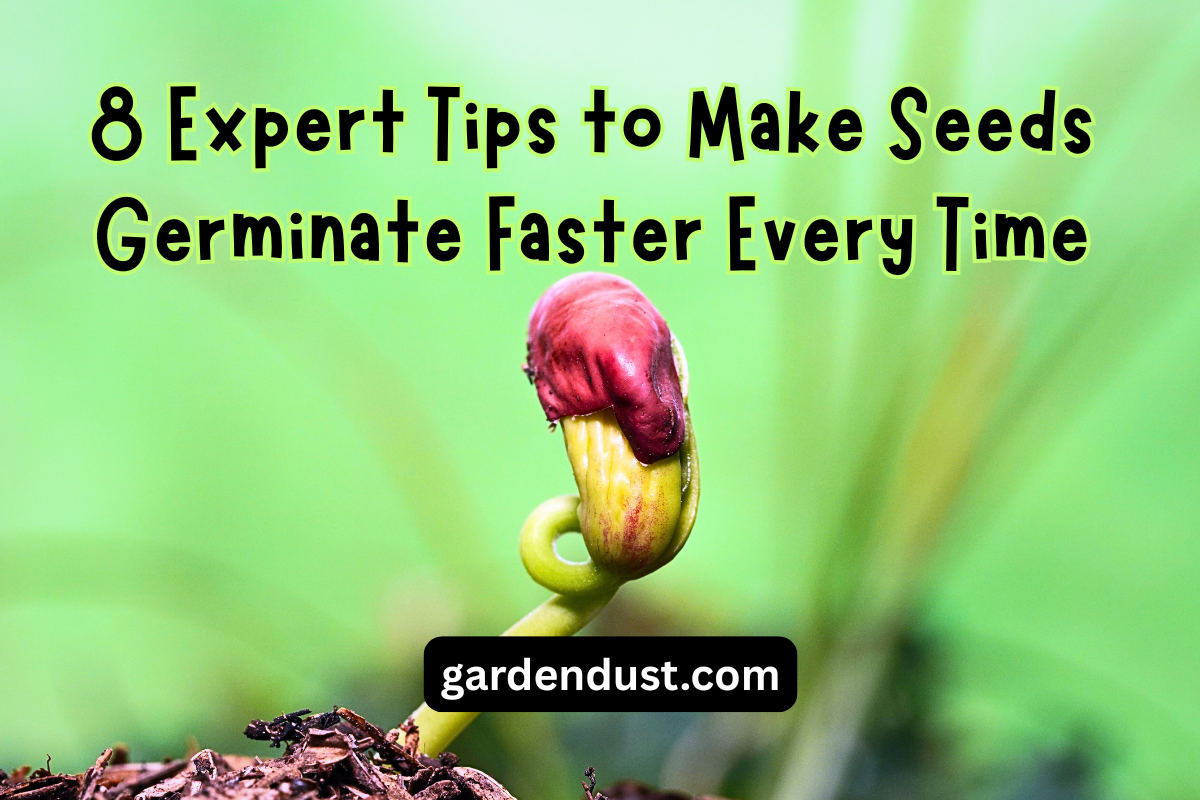Hostas, known for their striking foliage and versatility, are beloved additions to gardens around the world. These shade-loving plants come in a variety of sizes, shapes, and colors, making them a favorite among gardeners. To ensure your hostas thrive and display their full splendor, it’s essential to provide them with the right care and attention. In this article, we’ll explore 15 detailed tips for cultivating lush and beautiful hosta plants that will be the envy of any garden.
Choose the Right Location:
Select a shaded or partially shaded area for your hostas, as they thrive in these conditions. Avoid exposing them to direct sunlight, which can scorch their delicate leaves.
Prepare the Soil:
Hostas prefer well-draining, rich soil. Amend the soil with compost or well-rotted manure before planting to enhance its structure and fertility.
Planting Depth Matters:
When planting hostas, ensure the crown of the plant (where the leaves meet the roots) is level with the soil surface. Planting too deep can lead to rot, while planting too shallow may expose the roots.
Space Appropriately:
Allow enough space between hosta plants to promote good air circulation and prevent overcrowding. Generally, larger hostas need more space than smaller varieties.
Water Consistently:
Keep the soil consistently moist but not waterlogged. Aim for deep, thorough watering rather than frequent shallow watering. Mulching can help retain moisture.
Mulch Wisely:
Apply a layer of organic mulch around the base of hostas to conserve moisture, suppress weeds, and maintain a stable soil temperature.
Fertilize Thoughtfully:
Apply a balanced, slow-release fertilizer in early spring as hostas emerge. Avoid excessive fertilization, as it can lead to lush foliage but fewer flowers.
Pest Vigilance:
Monitor for pests like slugs and snails, which are known to enjoy hosta leaves. Use natural solutions like diatomaceous earth or beer traps to control them.
Read Also :-How to Grow and Care for Foamflower
Prune Spent Blooms:
Once hosta flowers fade, prune the spent blooms to encourage the plant to channel its energy into producing new leaves instead of seeds.
Divide and Conquer:
Over time, hostas can become overcrowded. Divide them every few years in spring or fall to rejuvenate their growth and maintain their vigor.
Provide Adequate Airflow:
Proper spacing and good air circulation help prevent fungal diseases. Avoid planting hostas too close together, especially in humid climates.
Leaf Care:
Groom your hosta leaves by removing any damaged or discolored foliage. This not only improves aesthetics but also prevents diseases from spreading.
Protect from Deer and Rabbits:
If deer and rabbits frequent your garden, take measures to protect your hostas. Use fencing, repellents, or choose less appetizing plant varieties.
Winter Preparation:
As fall approaches, cut back the faded foliage and provide a layer of mulch to protect the plants during the winter months.
Experiment with Companion Plants:
Hostas make excellent companions for other shade-loving plants. Experiment with combinations that complement their foliage colors and textures.
Final Thoughts
Elevate your garden’s elegance with lush and vibrant hosta plants that captivate the eye and provide a refreshing touch of green in shaded corners. By following these 15 detailed tips, you’ll not only ensure the health and beauty of your hostas but also create a serene and inviting haven for these versatile plants. With the right care and attention, your hosta garden will become a showcase of natural beauty, inviting admiration from all who visit. Happy Gardening…






